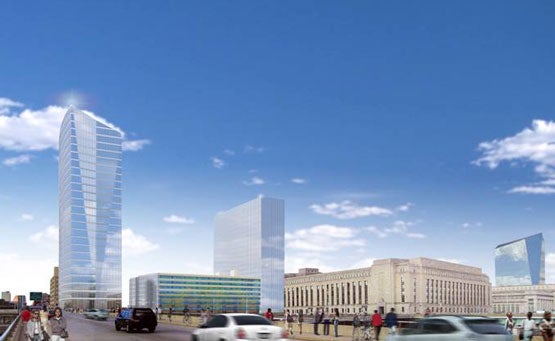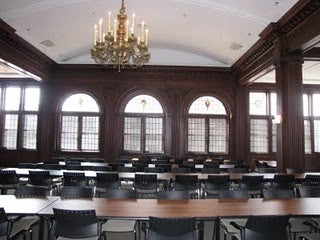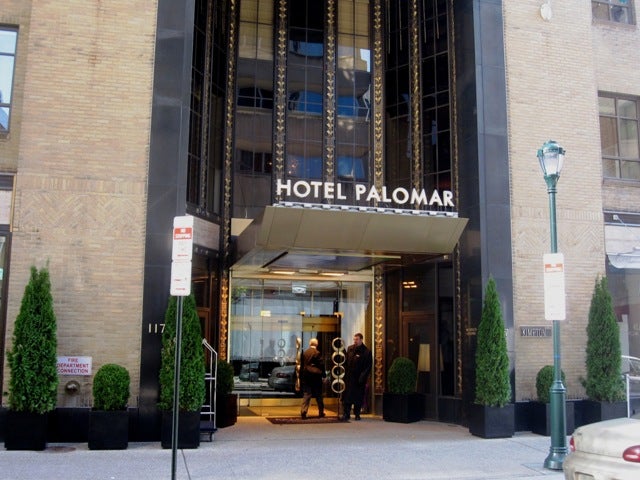How going green can make easy money
March 2, 2010
By JoAnn Greco
For PlanPhilly
When it comes to real estate, what is green, anyway? According to the speakers who presented at a recent ULI Young Leaders Group “Sustainable Development and Historic Preservation” roundtable, the word needn’t cede its old connotation as the color of money even as it works its way into overuse as a synonym for environmental responsibility.
Panelists involved with the first three historic renovations in town to reach LEED status discussed issues surrounding going green, and working for historic tax credits.
Not only can the costs associated with meeting LEED standards be “quite diminimus,” according to Anthony Rimikis, senior vice president of urban development for Brandywine Realty Trust, but even the short-term benefits can be profitable.
“More and more tenants are asking about these kinds of initiatives,” Rimikis said, “and if you can offer them, you’ll have a leg up on your competitors.” Further, he explained, developers are exploring deals where tenants assume some of the costs associated with attaining LEED-silver, -gold or -platinum, or where rent levels differ depending upon LEED certification levels.
For phase one of the development of Cira Centre South — the $350 million renovation of the 900,000-square-foot former U.S. Postal Service building done on behalf of a new tenant, the IRS — Rimikis estimated that just a few million dollars went toward reaching LEED-silver.
Much of PREIT’s re-do of the old Strawbridge’s on Market Street was also done on behalf of a government client. And while the Commonwealth of Pennsylvania didn’t require that PREIT pursue LEED certification for its planned occupancy of the building’s upper floors, it did strongly encourage it, reported Chris Mrozinski, development director at the trust.
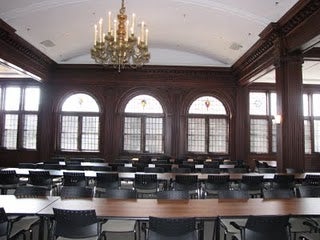
For less than a $600,000 investment (out of an $90 million project), PREIT is now able to seek LEED-silver certification. Today, the building — as storefront placards proudly proclaim — boasts high-efficiency air conditioning, lighting, and plumbing.
Such efficiencies also recoup money on a continual basis, of course, both men pointed out. “We estimate that we’ve already saved 1.2 million gallons of water in the bathrooms,” said Mrozinski. “Things like that are simple additions and they offer tangible savings really quickly.” Rimikis concurred, saying that even before LEED became so popular, “it just made good economic sense to make buildings more energy-efficient. Building codes, he added, have been “moving toward that direction for awhile. The laws are pulling projects along.”
Architect Jack Paruta of Gensler Associates offered a designer’s perspective on incorporating green into historic renovations, pointing out that in his field “LEED is just a normal part of the conversation.” He added: “Its cost is getting smaller and smaller, and there are more options in materials. It no longer comes at a premium.”
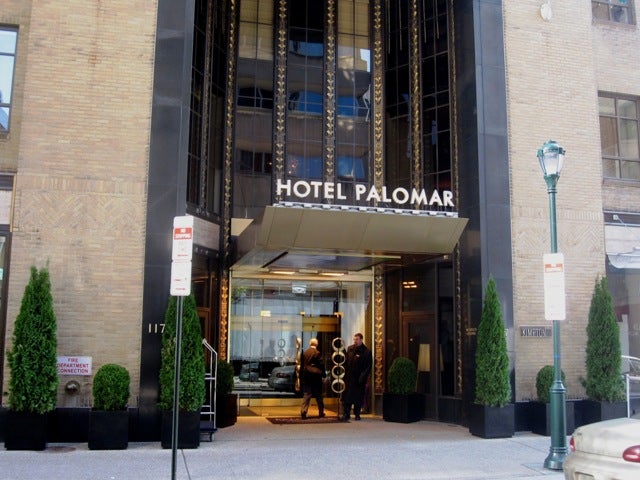
As with his co-panelists, Paruta agreed that for his client — Kimpton Hotels’ Palomar Hotel, an adaptive re-use of the 1929 Architects Building — greening was more a matter of marketing than anything else. “It just made sense for them, since for many years they’ve had a sustainability model on the operations side, to explore one for the physical side,” he said.
The Palomar, too, has developed an education program, with signs and pamphlets in the guest rooms and throughout the hotel explaining the green innovations within.
The projects do have some unrealized dream elements, the participants revealed. The Postal re-do, for example, considered solar and green roof technology, but didn’t pursue them because of cost constraints. At the Palomar, there’s been some discussion about making car-shares available to guests, though so far the details haven’t been ironed out.
The discussion also delved into the use of historic tax credits for the three projects. The participants agreed that without this program, their re-dos would not have been economically feasible, and that the time and monetary costs associated with pursuing the credits were far outweighed by the benefits. For both the Palomar and the Postal building, renovations governed under the program were restricted to mainly exterior components, such as window-glazing.
Meeting the criteria didn’t present many issues for the former Strawbridge’s building either, said Mrozinski, except in the case of the very room in which the panel was held: the store’s former executive dining room, later a public restaurant.
That space, outfitted with wood panelling and arched windows adorned with stained-glass shields, presented challenges as the developers simultaneously pursued LEED status and historic tax credits. “Finding the right finishes for the wood was tough,” said Mrozinski, “and there were issues with keeping the leaded-glass windows since they’re not energy-efficient.”
Generally, added Rimikis, LEED and historic tax credits are “not mutually exclusive.” He summed up saying, “As an industry, we seem to get through new rules and regulations that may seem onerous and at first alarming. But, people keep building, and people keep buying.”
Contact JoAnn Greco, ASJA, SATW, at www.joanngreco.com
Check out her new online magazine, TheCityTraveler at www.thecitytraveler.com
WHYY is your source for fact-based, in-depth journalism and information. As a nonprofit organization, we rely on financial support from readers like you. Please give today.



